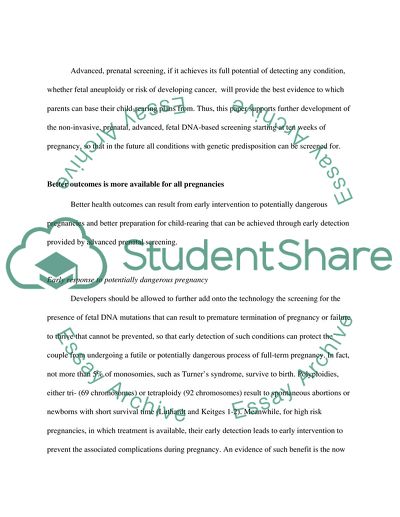Cite this document
(Chromosomal Syndromes and Genetic Disease Research Paper, n.d.)
Chromosomal Syndromes and Genetic Disease Research Paper. Retrieved from https://studentshare.org/nursing/1785094-anything
Chromosomal Syndromes and Genetic Disease Research Paper. Retrieved from https://studentshare.org/nursing/1785094-anything
(Chromosomal Syndromes and Genetic Disease Research Paper)
Chromosomal Syndromes and Genetic Disease Research Paper. https://studentshare.org/nursing/1785094-anything.
Chromosomal Syndromes and Genetic Disease Research Paper. https://studentshare.org/nursing/1785094-anything.
“Chromosomal Syndromes and Genetic Disease Research Paper”, n.d. https://studentshare.org/nursing/1785094-anything.


